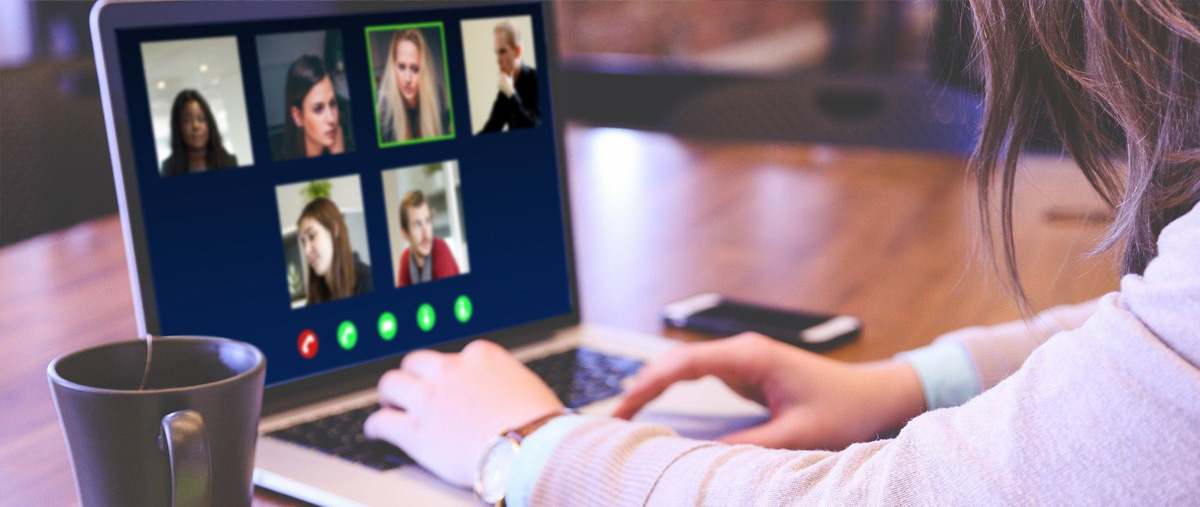Our advanced online technology has provided ways to successfully navigate physical restrictions imposed by the Coronavirus pandemic. Videoconferencing platforms, like Zoom, Skype and WebEx, have allowed schools and businesses to continue team collaboration, meetings and learning for millions who are working or attending school remotely. Regrettably, the ease with which this technology permits personal connections from almost anywhere, it is also vulnerable to intrusion by those who attempt to disrupt, threaten and harass.
When schools transitioned to remote learning, it was not long before some of them were infiltrated by bad actors interrupting classrooms and meetings with outbursts ranging from angry rants to pornographic images. These unsettling actions came to be known as “Zoom-bombing” and they are far more serious than pranks, annoyances and time-wasters. They pose a serious risk exposure for your school from the harassment and offense they can cause to online participants, both adults and children.
"Technology permits personal connections from almost anywhere, but it’s vulnerable."
Schools and workplaces have a duty to protect students, staff and other members of the public (participating in a virtual school board meeting, for example) from harassment and discrimination under both state and federal civil rights law. Although the harassing may be coming from the outside, if you use online videoconferencing, you still must do your best to reduce the risk of a virtual intruder just as you would in protecting your physical facilities.
We suggest schools use these best practices to reduce Zoom-bombing risks:
- Ensure you and your facilitators know the capabilities and vulnerabilities of the program
- Know how privacy and access settings protect the integrity of the virtual meeting
- Use a program that requires that users are authenticated
- Never share the access links where they are publicly visible and ask participants not to share the meeting link or passcode without permission
- Do not allow participants to join before the host activates the videoconference
- Allow only the host to share their computer screen or grant permission for participants to do so
- Keep your program updated to the most current version that have patches that eliminate known vulnerabilities
Learn and follow the best practices for managing videoconferencing environments. Online classrooms and meetings are likely to remain a part of our routine interactions for the near future. Implementing prudent protections to keep these virtual gatherings safe for participants can help reduce your exposure.


